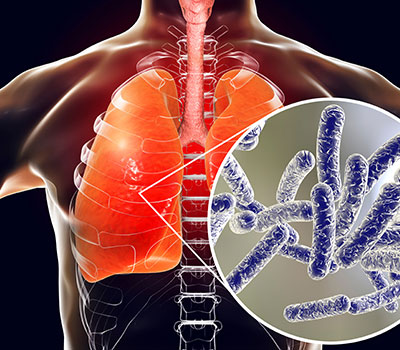We’re all acutely aware of how air pollution can affect tenants' health. For too long, air pollution has been considered as an “outdoor problem”. But what about the air inside homes? After all, it’s the same air, just trapped within four walls. And, trapped as it is, it is susceptible to all kinds of indoor pollutants.
We spend around 90% of our time indoors, so it’s vital that the air we breathe there is clean. Together with leading air conditioning unit supplier Daikin, we explore the risks of toxins building up and reducing indoor air quality, and what can be done to improve tenant health.
Toxic House Syndrome
Also known as Sick Building Syndrome, the NHS outlines some possible causes for the symptoms of this condition. Dust, smoke, bad ventilation, and inadequately maintained air conditioning units are all cited as potentially contributing towards the problem.
The World Health Organization outlined the following risks of extremely poor indoor air quality: 
• Stroke
• Pneumonia
• Ischaemic heart disease
• Chronic obstructive pulmonary disease
• Lung cancer
Though the impact of toxic household air is more apparent in poor and low-income countries, who still use solid fuels like wood, waste, and charcoal, more developed countries are still adding to their indoor pollutants.
Causes of poor indoor air quality
Let’s address the root causes of pollutants in the home or workplace.
An article by the British Lung Foundation noted that ventilation, temperature, damp, cooking, smoking, pets, cleaning products, and pollution from outside all build up within our homes. It’s worth opening the windows for at least a little time every day, especially when cooking.
People might enjoy relaxing with a scented candle, but sadly, our lungs aren’t relaxing when a perfumed candle is lit. The chemicals used to perfume candles for their scent can contain harmful substances like benzene and toluene. The same goes for air fresheners, regardless of if they are spray or plug-in. The fresh scent is achieved by chemicals, so opening the windows and cleaning the home with natural products are the best ways to keep a home smelling fresh.
Indeed, spray-bottle cleaners can cause the chemical cleaning product to partly disperse into the air. It’s better to opt for liquid cleaners that are pourable.
How to purify the air
We’ve discussed ditching the store-bought air fresheners and all the toxins they bring with them. But people still need a way to freshen up their home without having the windows open all the time, right? Luckily, there are loads of natural air fresheners available, and they’re very easy to create. The Natural Penguin offers loads of great ideas — we’re particularly fond of the oil-scented wood blocks, they’re simple and would look boho-chic in a glass bowl mixed with some dried flowers or glass pebbles.
Another natural way to clean up the air is to scatter a few plants around the place. NASA has even conducted a study of the best air-purifying plants out there; some aloe vera in the bedroom, or a spider plant in the kitchen, can really help!
To be sure a space has pure air, particularly with outdoor pollutants still able to get indoors, an air purification system is a simple option. These powerful systems actively filter the air we breathe, capturing any harmful particles or pollutants and keeping the air as fresh as possible. Air purifiers can help lower allergy and asthma symptoms, as well as reduce the number of bacteria in the air. They’re also a great way to neutralise odours without resorting to harmful air fresheners.
Indoor air quality is often neglected. But it’s not something housing providers can avoid. After the Homes (Fitness for Human Habitations) Act came into effect last year, tenants in England and Wales can now pursue legal action against landlords who do not assist with damp, condensation or mould problems.
- Log in to post comments













